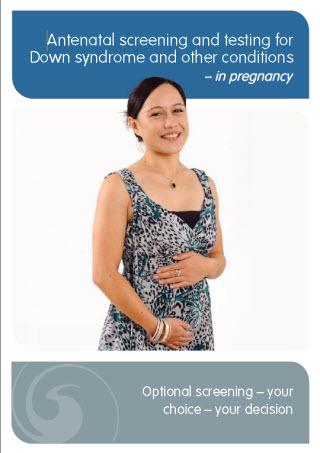- Home
- News
- Screening Matters, Issue 43, December 2013
- The benefits of complete information on request forms for antenatal screening for Down syndrome and other conditions
News
- Screening Matters Newsletter
- April 2019
- April 2018
- December 2017
- August 2017
- April 2017
- December 2016
- October 2016
- March 2016
- November 2015
- August 2015
- June 2015
- April 2015
- February 2015
- December 2014
- October 2014
- August 2014
- June 2014
- April 2014
- February 2014
- December 2013
- October 2013
- August 2013
- June 2013
- April 2013
- February 2013
Screening Matters
The National Screening Unit newsletter
In this issue:
- Reflecting on 2013
- Cervical screening support system “saved my life” says Nikki
- Combined screening day a great success
- Others learning from Dunedin colposcopy clinic’s quality control systems
- Targeted strategies in Hawke’s Bay see screening rates increase
- The benefits of complete information on request forms for antenatal screening for Down syndrome and other conditions
- Paediatrician wins award
The benefits of complete information on request forms for antenatal screening for Down syndrome and other conditions

These sources include:
- the request form
- maternal serum
- a nuchal translucency ultrasound scan (for first trimester screening only).
To ensure high-quality risk results, all sources of information are essential.
The screening laboratories (LabPLUS at Auckland District Health Board and Canterbury Health Laboratories at Canterbury District Health Board) have been reviewing the information provided on the request forms and what the impact of missing information may be.
The laboratories have reviewed request form data from August and September 2013, which constituted over 7000 request forms.
Table 1 shows the volumes and percentage of the data most often missing from request forms.
Although the overall percentage of missing information is small, a total of 955 request forms had more than one piece of information missing, which affects the quality of the risk calculation.
There are some data items that are essential to the risk calculation, including IVF details and pregnancy dating. If these items are not provided, a risk cannot be issued and the screening laboratory therefore rings the referring practitioner for this information.
For other information that is missing on the request form, including weight, previous history and smoking status, a default value will be used. This may lead to inaccurate results. For example, the default for weight is 65kg and if the woman is well over or under this weight, the risk calculation will not be as accurate as it could be and therefore the results are suboptimal. Within this data, supplied weights were between 38 and 173kg.
The screening laboratories issue hard-copy risk results for this screening. The National Screening Unit (NSU) strongly recommends practitioners review the information within the risk reports. The screening laboratories are more than happy to answer any queries or make any changes to risk calculations if practitioners provide updated information.
Table 2 provides more information on the impact of missing information.
Page 54 of the practitioner guidelines also have more information on the impact of accurate information.
Table 1: Volume and percentage of data most often missing
| Request form information item | Number of missing items | Percentage of missing items |
|---|---|---|
| Ethnicity | 468 | 6.5 |
| Weight | 436 | 6.1 |
| Smoking status | 233 | 3.2 |
| NHI | 151 | 2.1 |
Table 2: Impact on the risk calculation from missing data items
| Information | Rationale |
|---|---|
| Weight | Smaller women have higher serum analyte levels and larger women have lower serum analyte levels. This has a significant impact on the risk calculation. The default if not provided is 65kg. |
| Smoking | Smoking affects placental function and serum analyte levels. The default if not provided is non-smoker. |
| Ethnicity | Serum analyte levels alter with different ethnicities. The default if the information is not provided is European. |
| NHI | NHI ensures the right woman is linked to the right result and sent to the right health practitioner. |
|
Screening laboratories contacts: For Taupo north please call 0800 LABLINK. |
To receive the Screening Matters newsletter by email, fill out our sign-up form.

